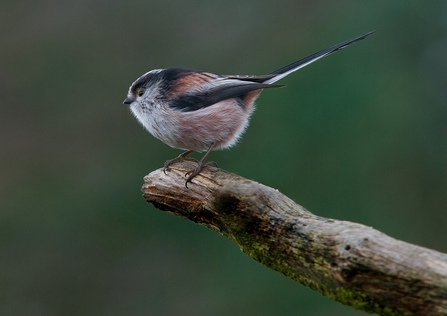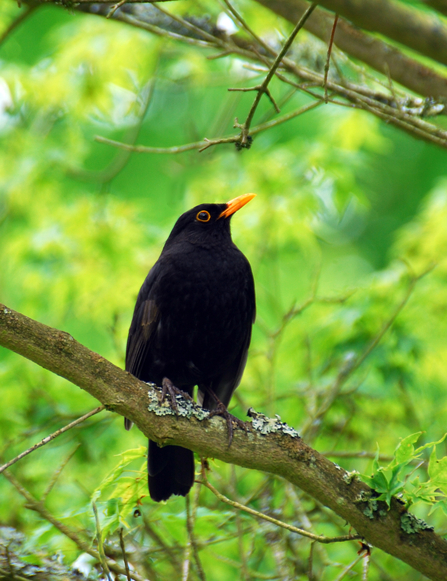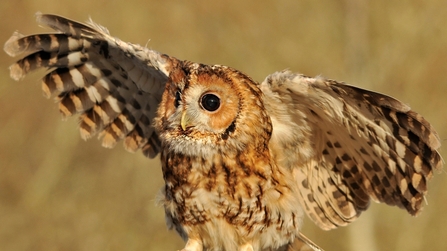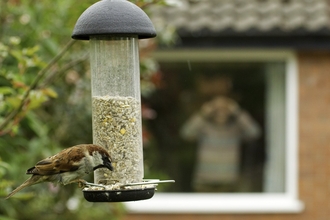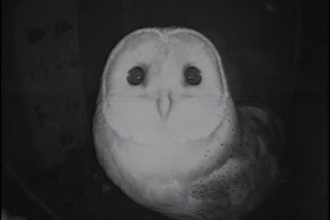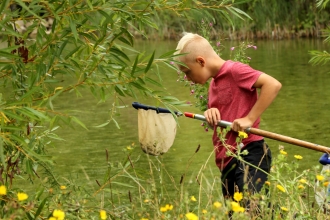In Essex, several species start nesting early – long before the first daffodils bloom. From tiny, fluffy long-tailed tits to towering grey herons, let’s look at some of our earliest nesters and where to spot them.
Early nesters: the birds starting spring in Essex
Steve Waterhouse
Long-tailed tits
These little balls of fluff are busy from late February, weaving intricate, mossy nests lined with feathers and spider silk. Tucked away in hedgerow and brambles, their nests stretch as chicks grow! Keep an eye out in woodlands, scrubland and even gardens.
Blackbirds
One of the first songbirds to start nesting, blackbirds build cup-shaped nests out of grass and mud, often in shrubs, hedges or even in garden sheds! Males start singing early to claim their territory – have you heard their rich, fluty song yet?
Owls
Tawny owls, barn owls and little owls all get a head start, often laying eggs in tree holes or old buildings as early as January! Unlike most birds, they don’t build their own nests – they rely on natural hollows or old nests from other species. Listen out for their calls on a winter’s night.
Grey herons
One of the earliest nesters in Essex, grey herons begin nesting in January and February in large tree-top colonies called heronries. Their huge stick nests can be spotted in tall trees near wetlands – look up, and you might see them standing like statues.
Where to see them
- Long-tailed tits and blackbirds – Woodlands, hedgerows and gardens like Hanningfield Reservoir and Fingringhoe Wick.
- Owls – Farmland and woodland edges (best spotted at dusk) like Blue House Farm and Danbury Ridge nature reserves.
- Grey herons – Wetland reserves like Abberton Reservoir and Two Tree Island
As the days get longer, keep an eye (and ear!) out for these early birds getting a head start on spring.


